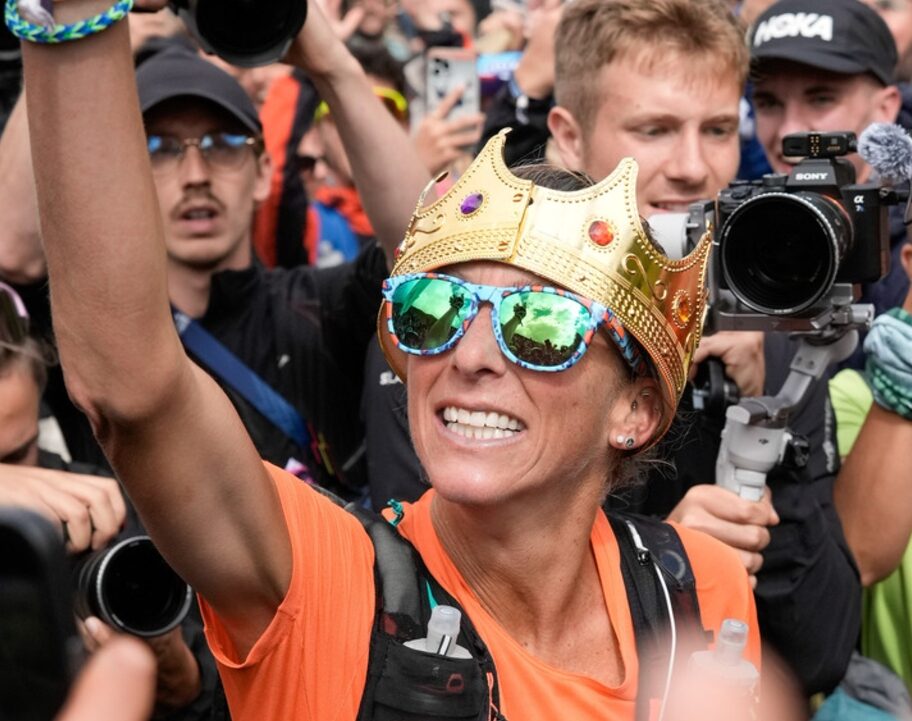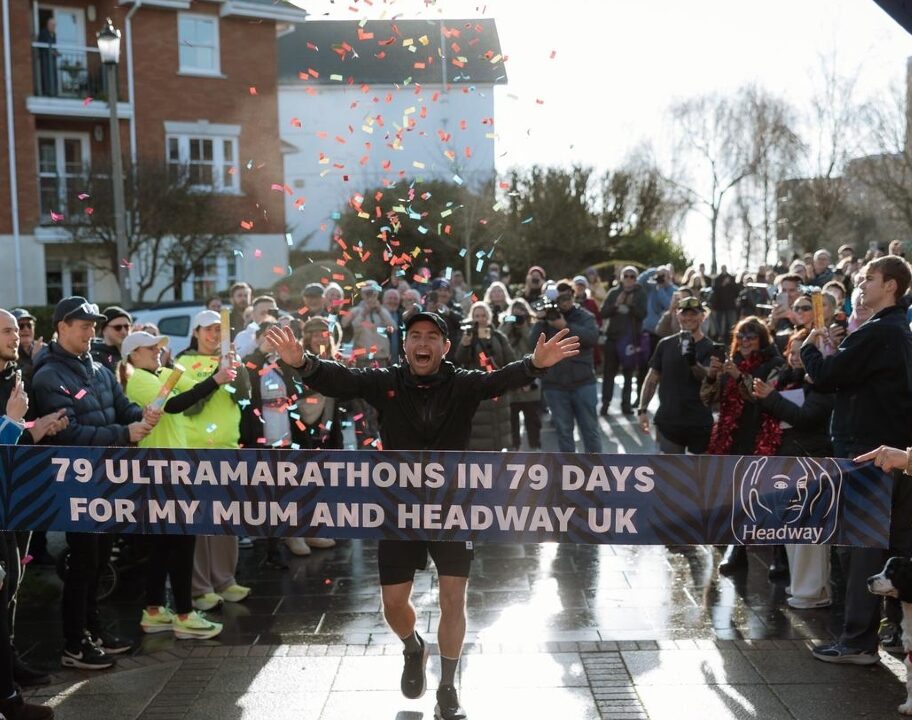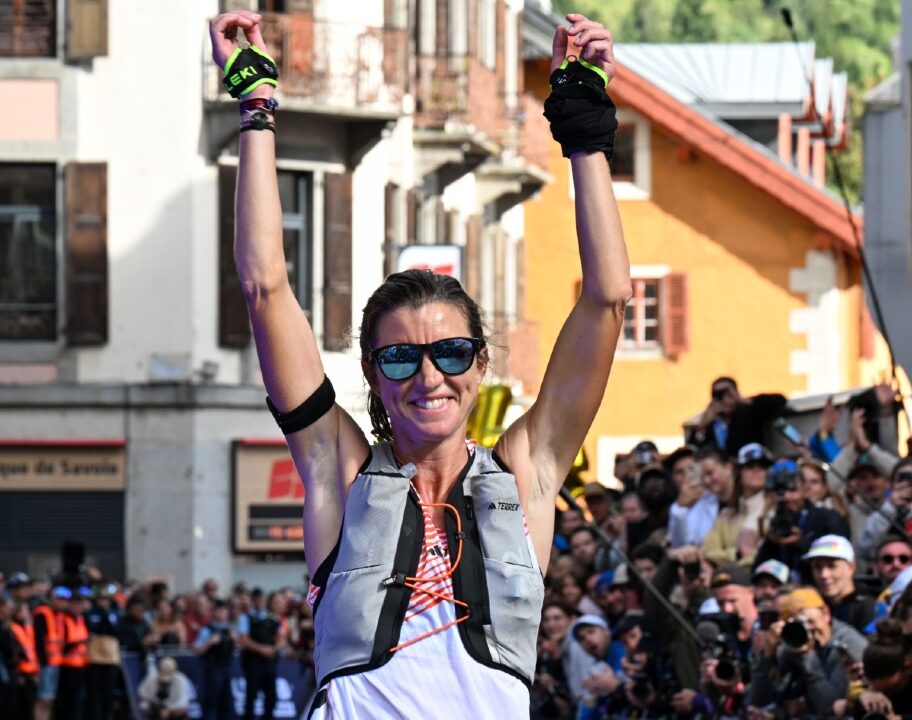The Montane Dragon’s Back Race is billed as the toughest mountain race in the world, stretching right through the spine of Wales from Conwy Castle in the North to Cardiff Castle in the South. Six hundred runners, who the organisers refer to as ‘Dragons’, attempt the 380km route with six sections across six days.
Here is our guide to the event, following it live or even taking part.
Date, start time and live tracking

The Dragon’s Back Race 2024 will start on Monday 2 September 2023 at 6:00am BST and continue across six days until Saturday 7 September.
Racers will run each day until they reach a designated overnight camp checkpoint, the course closing at 22:00pm daily and restarting with staggered starts the next day between 6:00am and 9:00am the next day.
All finishers will complete the race on September 7, with the first finishers expected around 13:00pm.
We will post a live tracking link nearer the time.
Dragon’s Back Route
The Dragon’s Back Race follows broadly the same route each year, taking racers southwards through Wales from Conwy Castle to Cardiff Castle.
The course engulfs almost all of the stunning mountainous region Wales has to offer.
The first day encompasses all the Snowdon Horseshoe, while Cadair Idris greets runners on day three and the empty Elan Valley hills on day four.
The route then delves into the Brecon Beacons, before the final stretch to Cardiff Castle where runners camp within the walls after the final night’s celebration.
Facts, Tips & FAQ
The modern iteration of the Dragon’s Back is inspired by the first race in 1992. In comparison to the grained paths of the UTMB or other mountain ultra-races, the Dragon’s Back explicitly states it is not a ‘trail’ race, the paths are often non-existent.
The race was revived in 2012 when Shane Ohly organised the event. There was another in 2015, and it went on to become first a biennial and now an annual event.
That 2012 edition saw only 30 finishers, and of the 300 who applied for the 2015 edition only 144 were accepted due to then-strict entrance requirements. Just 65 completed the route.
The route itself has similarly grown. It is now 380km and climbs 17,400m.
In its current form, any racers who fail to reach and depart designated manned checkpoints within set cut-off times will be retired from the day and transported to the next overnight check point.
Any competitor who failed to reach the overnight camp by the closure time of 22:00 will be considered ‘timed out’ and unable to compete in the main event anymore.
They will instead run the uncompetitive ‘reduced’ course but currently this is subject to spare capacity. From 2023, however, this will be an option available for all competitors, all of whom will be considered ‘Hatchling’ finishers.
How to enter the Dragon’s Back
Entries for the 2024 edition have sold out.
The entry system for 2025 will open on 13 September and will cost £1,699 for the first 24 hours and £1,799 after that. Full details here.
Dragon’s Back Records
In 1992, Martin Stone and Helene Diamantides won the ‘Pairs’ category and John Redmayne claimed the ‘Solos’.
The fastest official time for a single individual was the 2019 winner Galen Reynolds with 37:48:06, although the course changes slightly most years.
Past winners
Men
- 1992 – Martin Stone/ Helene Diamantides – 45:42:11
- 2012 – Steve Birkinshaw – 43:25:30
- 2015 – Jim Mann – 40:08:03
- 2017 – Marcus Scotney – 37:58:37
- 2019- Galen Reynolds – 37:48:06
- 2021 – Simon Roberts – 45:42:11
- 2022 – James Nobles – 50:40:23
- 2023 – Hugh Chatfield – 47:38:44
Women
- 1992 – Helen Diamantides – 45:42:11
- 2012 – Helene Whitaker – 49:10:05
- 2015 – Jasmin Paris – 41:45:34
- 2017 – Carol Morgan – 48:41:47
- 2019 – Lisa Watson – 44:33:23
- 2021 – Katie Mills – 61:12:54
- 2022 – Lisa Watson – 53:46:22
- 2023 – Robyn Cassidy – 54:25:05
Dragon’s Back Kit List
There is a mixture of basic, mandatory kit without which you will not be able to compete as well as other equipment it is highly recommended a racer has.
Mandatory
- Ortlieb dry bags
- Running rucksack/vest of your choice
- Waterproof jacket or smock
- Survival bag
- Long sleeve base layer
- Spare synthetic warm layer(s) – min. 300g
- Compass
- Headlamp and spare batteries or spare torch
- Whistle
- Sufficient food for on the course each day
- Two pairs of gloves (one for poor weather and one for mild weather)
- Hat
- Water bottle and / or hydration system (minimum 1.5L capacity)
- Fell, mountain or trail running shoes
- Money
- Mobile phone
- Satellite tracker (supplied)
- Map (supplied)
Recommended ‘Poor’ Weather Equipment:
- A proper heavy-weight mountaineering style waterproof jacket
- An additional long-sleeve base layer
- A waterproof cap
- A second waterproof jacket
- Full-length or three-quarter length tights
- Spare gloves
Recommended ‘Hot’ Weather Equipment:
- Additional water carrying capacity
- Sun hat
- Sunblock (factor 50 and waterproof)
- Loose-fitting and lightweight long sleeve top
- Sunglasses
- Headband
- Very thin socks
- There is also required and recommended camp equipment
Mandatory Camp Equipment
- A complete change of clothing
- Spare shoes
- Warm Jacket
- Warm sleeping bag
- Sleeping mat
- Plate/bowl, mug and cutlery
- Sponge and cloth for washing and drying dishes
- Suncream / sunblock
- Midge head net and insect repellent
- Personal first aid kit
- Personal blister treatment kit
Recommended Camp Equipment
- A power bank (ca. 10,000-20,000mAh) for recharging devices
- Travel pillow or pillowcase (to stuff with clothes)
- A fresh set of running clothes for each day
- Personal washing things and towel
- Ear plugs
- Anti-chaffing / lubrication ointment
- Any luxury food items






